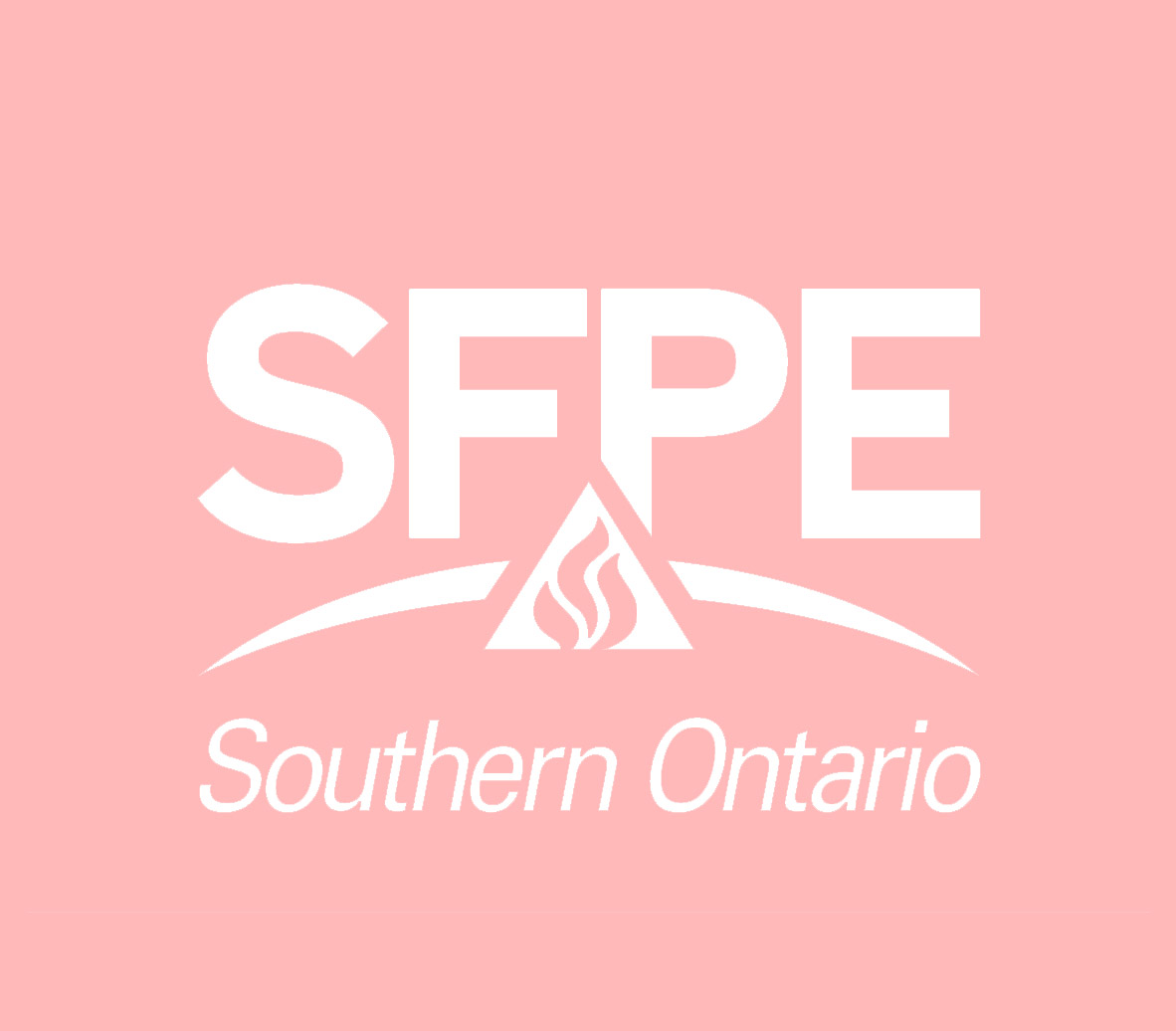SPEAKER:
David McGill
FireModel Inc.
 Dave was a full-time professor in Seneca’s School of Fire Protection Engineering Technology for 25 years: he retired from the college in 2014. He began using fire models in 1995 with FPEtool and progressed through CFAST, Branzfire and on to Fire Dynamics Simulator (FDS).
Dave was a full-time professor in Seneca’s School of Fire Protection Engineering Technology for 25 years: he retired from the college in 2014. He began using fire models in 1995 with FPEtool and progressed through CFAST, Branzfire and on to Fire Dynamics Simulator (FDS).
In 2000, he created the first online support forum for FDS, which ran until NIST created their own forum. Dave is a frequent contributor to the FDS Discussion Group. He is included in Acknowledgement section of both the FDS and Smokeview manuals. He has been offering a distance education course on FDS since 2003 that has been taken by an international audience of fire protection engineers. He has delivered 2-day workshops on FDS in Australia, Canada, England, Ireland, New Zealand, USA, UAE, and Venezuela.
In 2015 he began doing the international training for Thunderhead Engineering (developers of PyroSim and Pathfinder). This past year he delivered workshops in Dubai, London, Toronto, Sydney and Auckland.
He is the principal of FireModel Inc. and works as a consultant in fire and evacuation modelling for a variety of international clients.
SYNOPSIS:
All models are wrong, but some are useful
— George Box, 1976
Fire and evacuation models are an integral part of using performance-based design for life safety. Fire models are used to determine Available Safe Egress Time (how much time have you got) and evacuation models are used to determine Required Safe Egress Time (how much time do you need).
The assumptions and limitations of models has to be understood for their effective use. NIST’s Fire Dynamics Simulator is the standard for high-end fire modelling throughout the world. The presentation will address:
- What FDS is good at, and not good at
- Validation of the model
- Strengths and weakness
- Costs in time and money to start modelling
- Pitfalls
New Zealand was one of the early adopters of fire modelling. They have had mixed success, with many lessons available to those considering the use of fire models.
Evacuation models will be mentioned briefly, as they go hand-in-hand with fire models.
ITINERARY:
| 11:45 AM |
to |
12:00 PM |
Registration & Reception |
| 12:00 PM |
to |
1:00 PM |
Lunch |
| 1:00 PM |
to |
2:30 PM |
Presentation & Questions |
DRESS CODE:
Business Attire or Jacket and Tie



